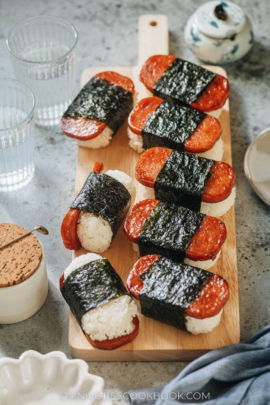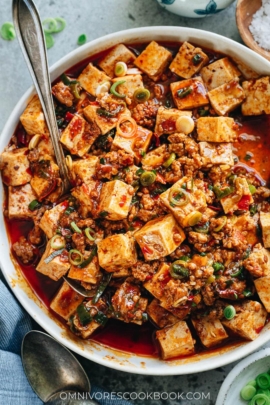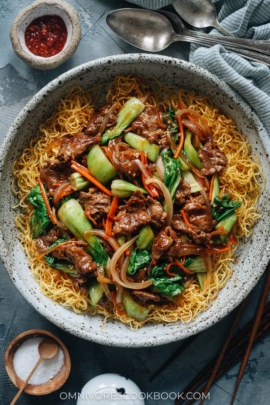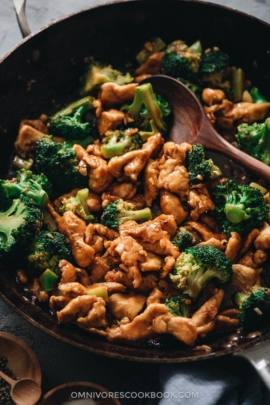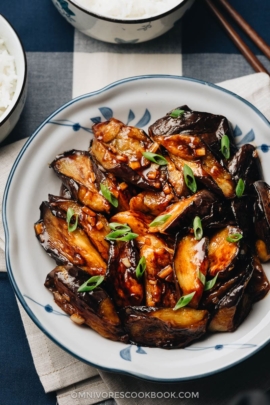Omnivore’s Cookbook is all about Bringing real-deal Chinese flavors to you. I call my cooking style Modern Chinese Cooking. To me, “modern” Chinese cooking means:
- Sharing my family recipes with proper measurement, so it’s more approachable for non-Chinese audience and suitable to cook. My grandma never used any measurement and my mom rarely does. To recreate my favorite Lion’s Head Meatballs, I recorded the recipe by observing and then experimenting in my kitchen.
- I also lightly tweaked cooking process to make a recipe easy to follow in a standard western kitchen. I use a large skillet (instead of a wok) to make more of my stir fried dishes. Because after cooking in many western kitchens, I found out the best ways to set up a stir fry station using equipments that make sense to you.
- Exploring the beauty of Chinese spices and ingredients, and integrating them with local ingredients to create something new. Yet its spirit stays true to real Chinese food. I make Sichuan Roasted Whole Chicken, for example, by using a blend with real Sichuan ingredients and the flavor profile in Chinese Smoked Duck.
- Using modern appliances to make a complicated recipe easier. I use a blender and mixer to make dumpling filling and dough, so making Chinese dumplings from scratch, pineapple buns and hand pulled noodles seems less intimidating.
- Making homemade food that’s healthier than restaurant food. For example, you can make Chinese American takeout-style orange chicken, where I show how to create crispy chicken without deep frying. Also, ninety-nine percent of my recipes use natural whole foods and ingredients. But I do use bottled ketchup and mayonnaise once in awhile.
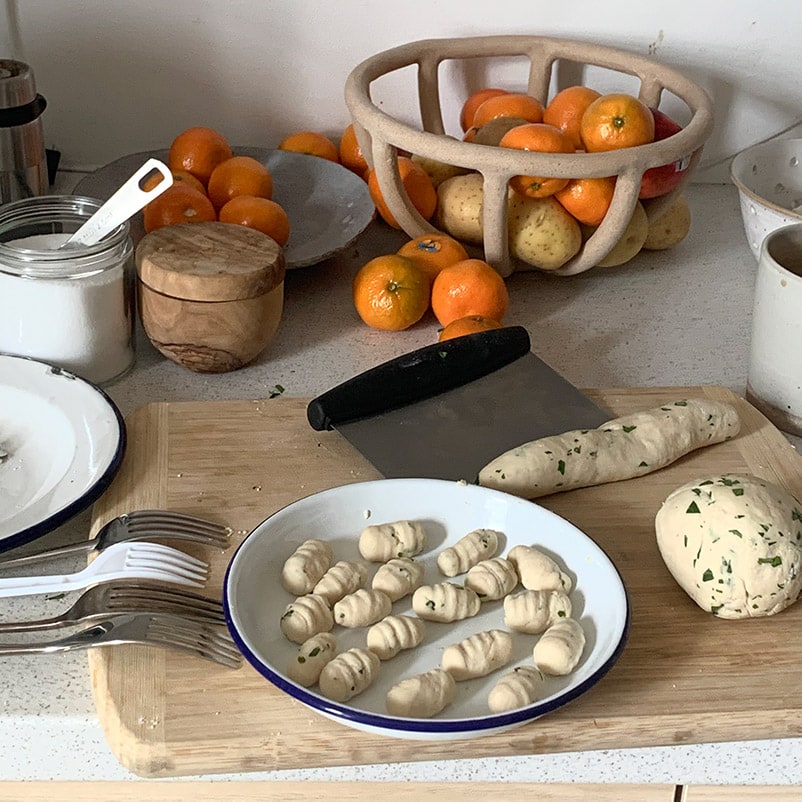

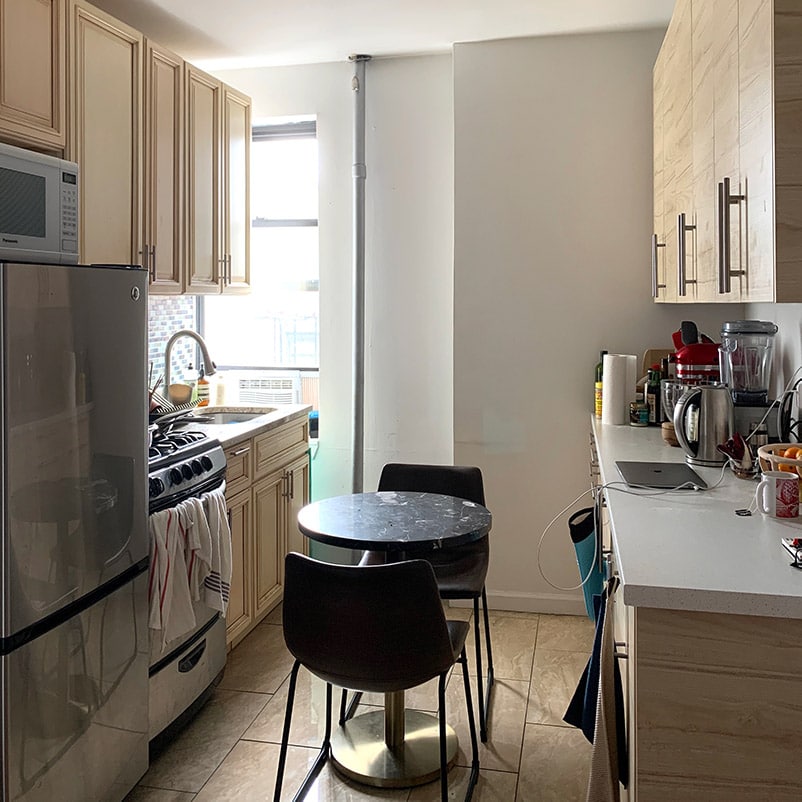
About Maggie
I’m Maggie Zhu. I started Omnivore’s Cookbook in 2013. Born and raised in Beijing, I moved to Austin, Texas in 2015. Now I’m a full-time New York based blogger, writer, recipe developer, and photographer.
I grew up in a traditional Chinese family, but my parents are very open-minded and forward thinking. Back when I was a kid, very few non-Chinese restaurants existed but my dad took me to enjoy western food every other week. By western food, it means French influenced Russian food, the only type of western food available in the early 90’ in Beijing. Dishes like Fish Au Gratin, Creamy Potato Salad, and Oxtail Soup were my childhood comfort food and I still miss them all the time. At home, my mom makes cranberry pecan bread using a bread machine 3 times a week, serving it for dinner along with traditional Chinese dishes like cucumber salad and stir fried bok choy.
My culinary adventure started in 2007 in Japan because I needed to cook to survive. My first homemade dish was Japanese style stir fried sweet and sour chicken. I cooked it in a second-hand nonstick skillet where whatever I put in stuck. Yet the result was super delicious and made my surroundings feel like home.
I love the meticulous way that a Japanese cookbook writes a recipe. That is where I started and developed my own style of cooking and teaching. I was delighted to discover that Japanese websites and cookbooks actually tell you measurements, unlike Chinese cookbooks.
Food waved its magic wand in 2010, when I met my future husband Thomas at a Japanese Teppanyaki restaurant, where we chatted about Egyptian food. On our first date, Thomas made some carbonara pasta that tasted heavenly. I was so surprised that men can cook too! A few weeks later I a French-style-Russian dinner. Thomas said my potato salad reminded him of his mom’s homemade dishes.
Forward to 2015, I moved to the US and now I cook in my American kitchen. Learning and sharing Chinese food became a way to connect me with my roots and the rest of the world. I also like to use Chinese ingredients to make fun dishes, like adding doubanjiang into Arrabiata Pasta and use Sichuan seasonings to make Chili.
My mission is to help more people get to know real Chinese food, and expose less-known regional cuisines, such as Northern and Xinjiang food, to a broader audience. More importantly, I want to show you how easy it is to cook with wholesome ingredients in your kitchen to create delicious dishes that are like the ones you have in Chinese restaurants.

Press
My blog, Omnivore’s Cookbook, was listed by Yahoo News as one of 7 Food Blogs You Should Be Following For Asian Cuisine. I’ve also written for the Austin Statesman daily newspaper. My work has been featured on Reader’s Digest, MSN, Good Housekeeping, Huffington Post and Buzzfeed.
In 2019, SAVEUR Magazine editors selected this site as the best weeknights dinner blog in their annual food blog awards.
In 2020, my blog was featured in Lucky Chow (a PBS show) Season 4 Episode 5.
Everyone needs to start somewhere. If I can do it, you can do it too.
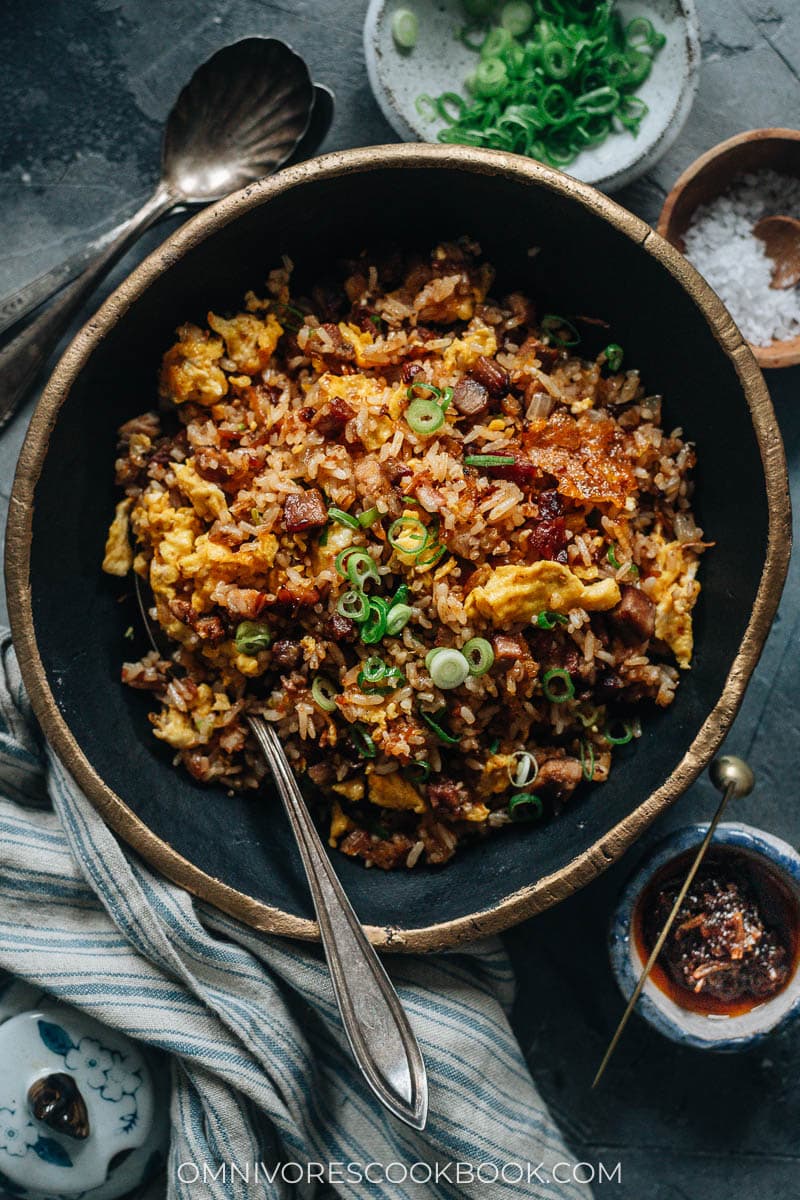

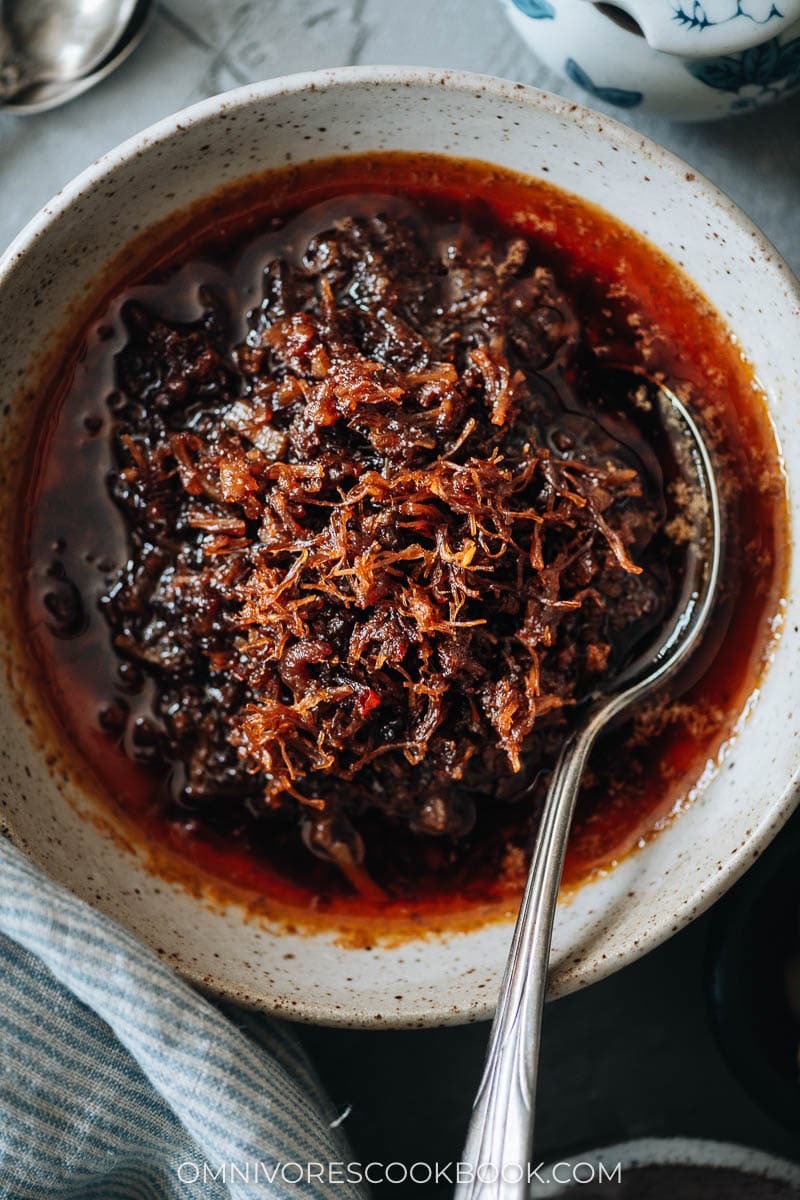
Work With Me
Want to partner with me on a project? Below are a number of ways we can work together:
Food photography & food stylist: I work with brands, cookbook authors, chefs, and restaurant owners to provide professional and affordable photography & food styling services. All the photos on this website are subject to non-exclusive royalty-free licensing. For more details, please contact me directly: maggie {at} omnivorescookbook {at} com.
Brand Ambassador: If you think your product would be a great fit with my readers, I would love to work with your company by representing your brand on an ongoing basis. Ambassadorship can be done through a series of sponsored posts with recipe development, food photography, and social media promotion. To request my Media kit, please contact me: maggie {at} omnivorescookbook {at} com.
Something else? Have other creative ideas you’d like to share with Omnivore’s Cookbook? I’d love to hear them. Let’s work together!
Disclosure to readers: I am sometimes compensated to work with brands and companies. I am also involved in various other food-related projects. The income from these projects keeps this blog going, as it pays for my groceries and bills related to running the website. I do not accept payment to publish positive feedback on a product. All opinions in my written posts are entirely my own.
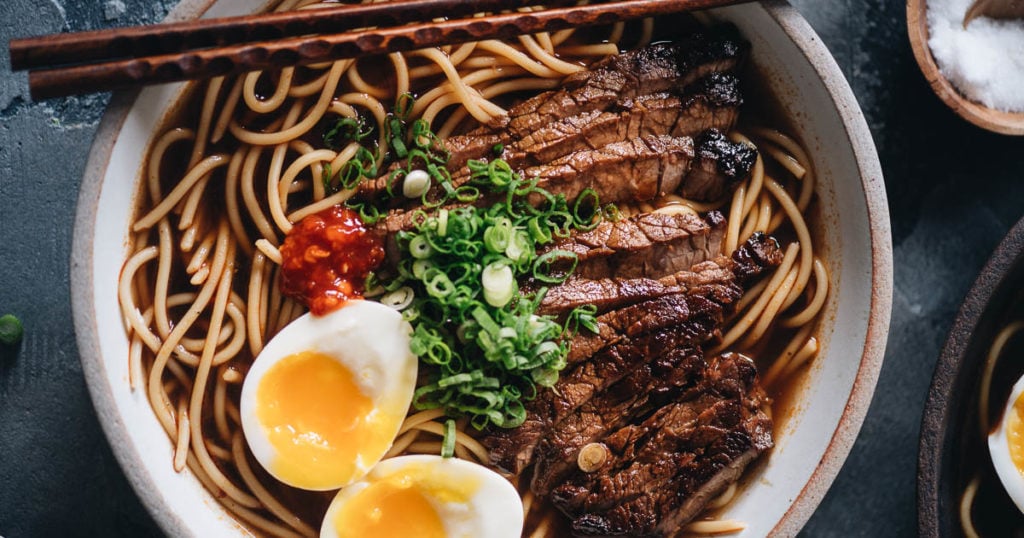
Start Cooking and Stay Connected!
If you’re new to Chinese food, Sign up my newsletter to receive the 5-Day Chinese Cooking Crash Course. It will guide you from building your basic Chinese pantry to my most popular recipes.
Or you can go to my recipe index and start browsing recipes. Follow me on YouTube to learn Chinese cooking in motion. To get recipes updates and cooking tips, follow me on Instagram, Facebook, and Pinterest.
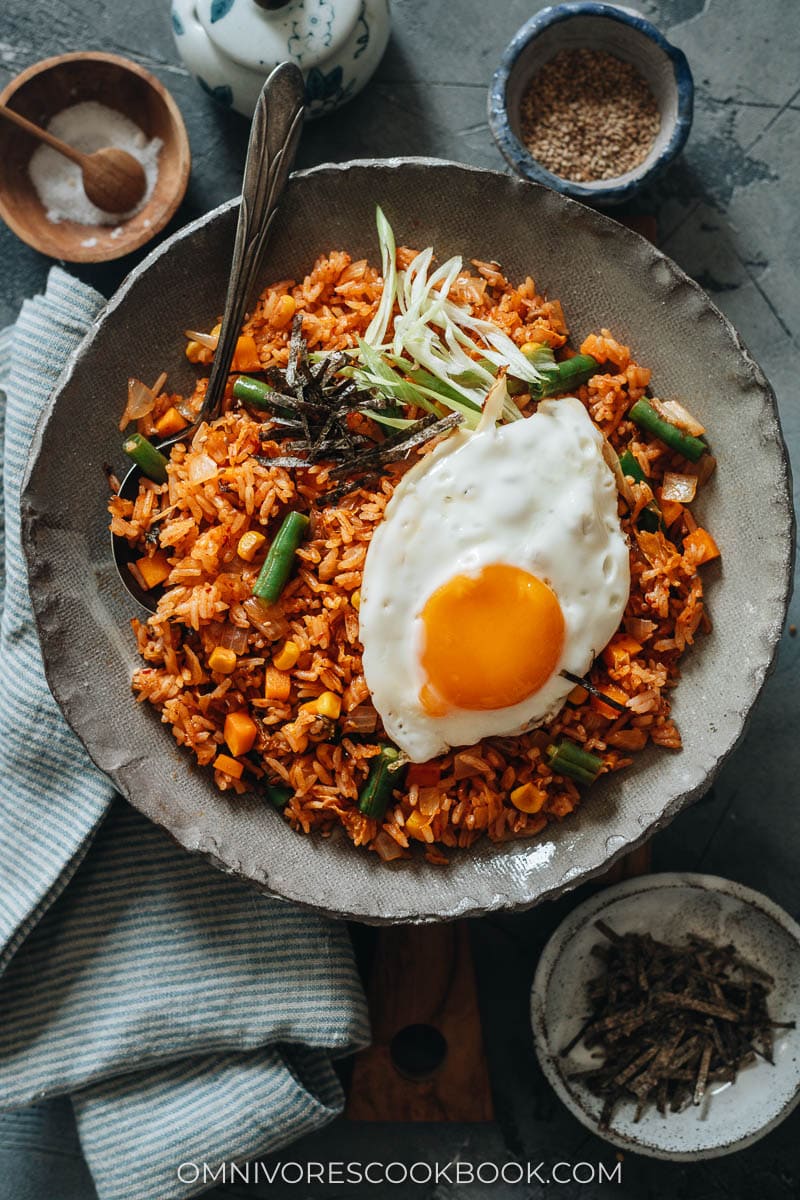

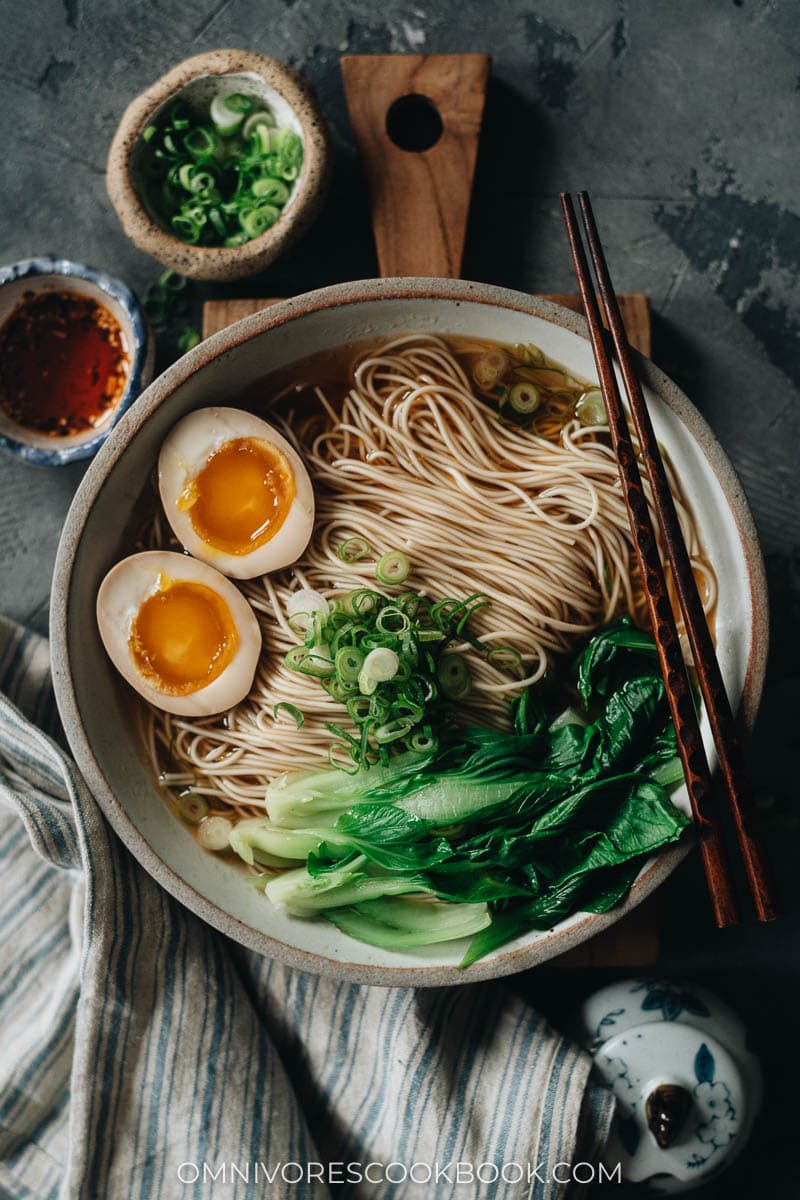
Contact
Thank you for stopping by at Omnivore’s Cookbook! You are welcome to drop a message to contact me by sending an email to {maggie at omnivorescookbook dot com}. I read every reader’s message and I will try my best to get back to you as soon as possible!
Unfortunately, sometimes the email ended up in my spam inbox or never delivered. If you didn’t get reply from me in a week, you could try resend the message again.
Thank you for visiting my blog and happy cooking!
